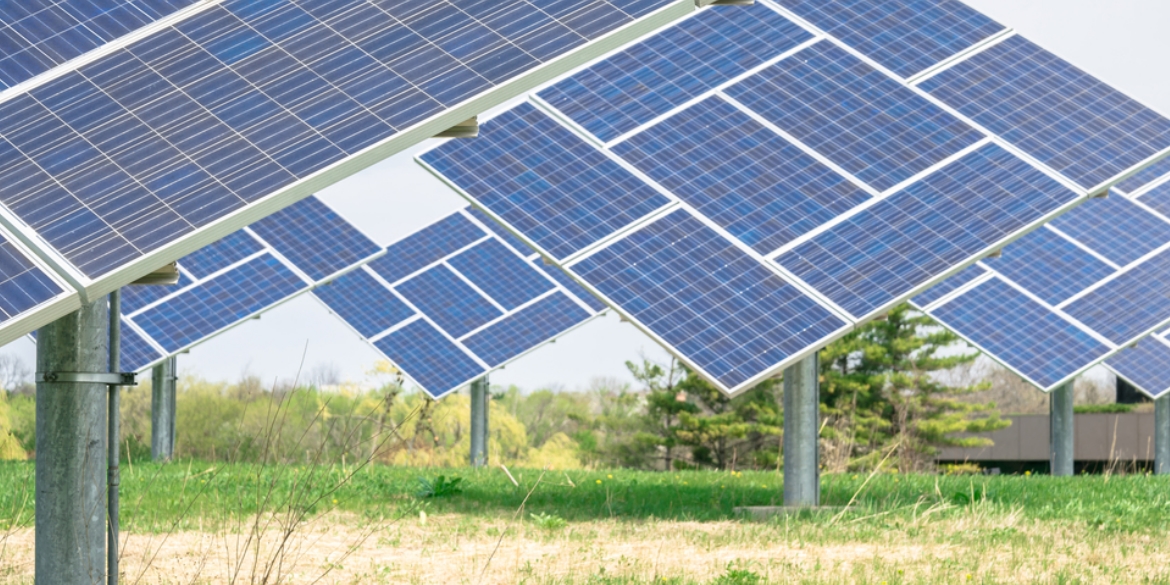Greentech Media’s recent article “How to Make Money from Land as a Solar Developer,” highlighted critical steps in the development of large solar projects that can make or break profitability. These include sizing the plant, applying for interconnection and a power purchase agreement (PPA), and permitting. There is another important consideration to highlight, which relates to the quality of the solar resource—or ‘irradiance’—at a particular location.
A developer needs to place a value not just on the land, but on the characteristic sun exposure in a particular location. Even in the desert, the solar resource can vary greatly due to seasonal or regional-climate effects such as the southwest summer ‘monsoons,’ or topographical features such as hills or mountains that shade an area.
The available solar resource—and year-to-year variability of that resource—is important to quantifying energy output over the life of a project, and obtaining financing. Multiple studies are often conducted for a specific project, such as by the project developer or the financier’s engineer, and the analyses are used to assess risk for negotiating financing.
Important to the development of reliable analyses is irradiance data that is specific to the site being studied. Engineers have several data sources available for this early stage valuation:
- Ground-based measurements are most often used when analyzing larger, utility-scale projects, where the investment is significant. A developer may inherit a ground-based measurement station (“MET” station) on their site, or they may opt to install one. Ground station measurements are often required by the financier or by the utility for time periods as long as a full calendar year.
- Modeled irradiance sources, such as Typical Meteorological Year 3 (TMY3) from the National Renewable Energy Laboratory (NREL), are available across the U.S. and can be used for an estimate of long-term weather trends when a projects site is near one of the TMY3 stations. To create the TMY3 dataset, NREL employed a numerical model to estimate irradiance for years preceding 1998, and satellite-based measurements for years 1998 to 2005. The estimated irradiance values are centered on 1,020 specific TMY3 locations, typically regional airport locations.
- Satellite-based measurements, such as SolarAnywhere® Data from Clean Power Research, is ideal for understanding long term weather trends at any project location. SolarAnywhere Data offers time-series measurements from 1998 to today, in 1 km and 10 km resolutions. Standard Resolution (10 km) SolarAnywhere Data is available free of charge for any location in the continental U.S. or Hawaii for years 1998 to 2010.
One year of ground data has certain value, but a long history of consistent data, typically available with modeled and satellite-based measurements, is needed to assess the potential irradiance on a plot of land. When historical data is available, a developer can calculate the long-term distribution of irradiance. This distribution is often the best tool a developer has to convey weather risk to potential investors, answering questions such as: “Does the site have an average annual irradiation that meets the potential revenue requirements of the financier?”
Developers will also be looking at the distribution of weather patterns from year-to-year to understand annual variations. In theory, a developer could be on a site that experiences very wide swings from ‘sunny’ to ‘cloudy’ years. These swings can erode potential paybacks for years and years, possibly pushing a project into the red operationally.
Project financing is as important to developers as PV plant sizing, interconnection, power purchase agreements (PPA) and permitting. Financiers place a high value on understanding the solar potential of the land and quantifying risk. Today there are tools and data available to evaluate the value of sunlight hitting a plot of land, which will ultimately make this early round exercise more quantitative.
